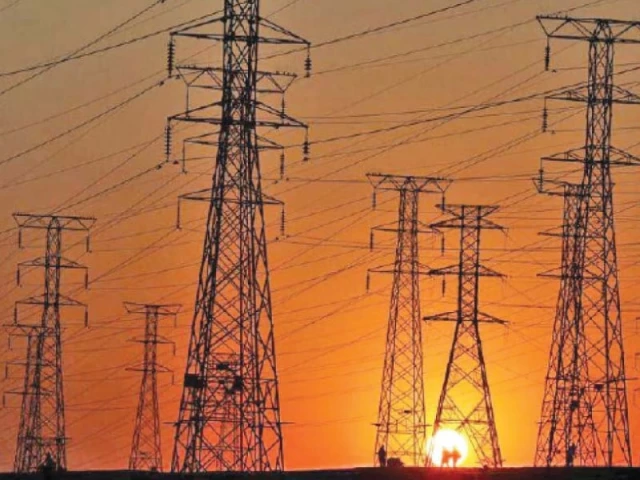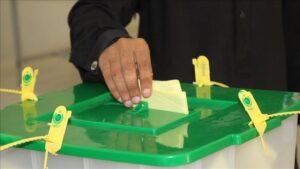In an attempt to provide relief to Karachi residents and the industrial sectors that fight with the high energy rates, Sindh’s Minister of Energy, Syed Nasir Hussain Shah, on Tuesday announced a new electricity supply framework under the power regulatory authority of Sindh (SEPRA).
In statements to the media, he revealed that electricity will be generated and transmitted by the Transmission and Office of Sindh (STDC) under the recently approved Sepra. Shah declared that the rates offered under Sepra will be substantially lower than those currently charged.
“We will generate electricity ourselves and transmit it through STDC. The most important thing is that we will determine the rate ourselves,” he said, he added, “the electricity transmitted through STDC will not be subject to the prices of nepring. Our rates will be significantly more affordable.”
Read too: Bilawal dismisses the 27th rumors of constitutional amendment as ‘without foundation’
The minister confirmed that the Sepra Marco has been constitutionally approved by the Sindh Assembly, and the authority of the authority is already complete. A formal notification is expected at the end of this month.
“Our main approach is to provide reliable and low -cost electricity to the economic zones of Karachi,” Shah emphasized. “Our goal is to deliver Sepra’s first transmission to the network that supplies energy to the industrial area of Korangi.”
In addition, he said that the transmission infrastructure must be under the control of STDC so that the plan is successful. “Karachi citizens will also benefit from this initiative once the system is in place,” he added.
Read too: Pakistan wins the arbitration of water against India
When commenting on the governance structure of K-Electric, Shah pointed out the lack of provincial representation at his board. “Currently, the three directors of the Board represent the Federal Government. We have proposed that a director remain on the federal side, while the other two should represent Sindh,” he said.
The minister also mentioned an agreement between the government of Sindh and K-electric to provide the company with low cost electricity of the next solar parks. “We have asked K-electric to avoid buying electricity generated through expensive fuel when solar energy is available,” he said.
K-Electric currently depends on the National Regulatory Authority of Electric Power (NEPRA) for the determination of the rate and price notifications, even when it faces increasing criticisms about the increase in electricity costs and the persistent loading draft.
When announcing a new provincial power initiative, Shah did not provide details about the tariff structure or the under sepra generation mechanism.
Read too: ATC orders the launch of Qureshi after acquittal
According to Pakistan’s energy generation, Pakistan’s energy continues to rely on imported combustible expensive. More than 20% of electricity was generated using Liquefied Natural Gas (LNG) imported, at a high cost of RS24.26 per unit. Similarly, the imported coal electricity reached RS16.60 per unit.
Hydroelectric and nuclear sources offered some relief, contributing 21.94% and 17.91% to the combination of energy respectively, at significantly lower costs. Nuclear energy, in particular, stood out as the cheapest source with only RS2.10 per unit. However, these affordable options were not enough to compensate for the impact of a more expensive fuel -based generation.
Local carbon represented 14.51% of energy generation in RS11.21 per unit, while gas -based power constituted 8% to RS11.82 per unit. Although the oven oil contributed only to 0.79% to the national network, it was still the most expensive source, which cost RS28.77 per unit.




